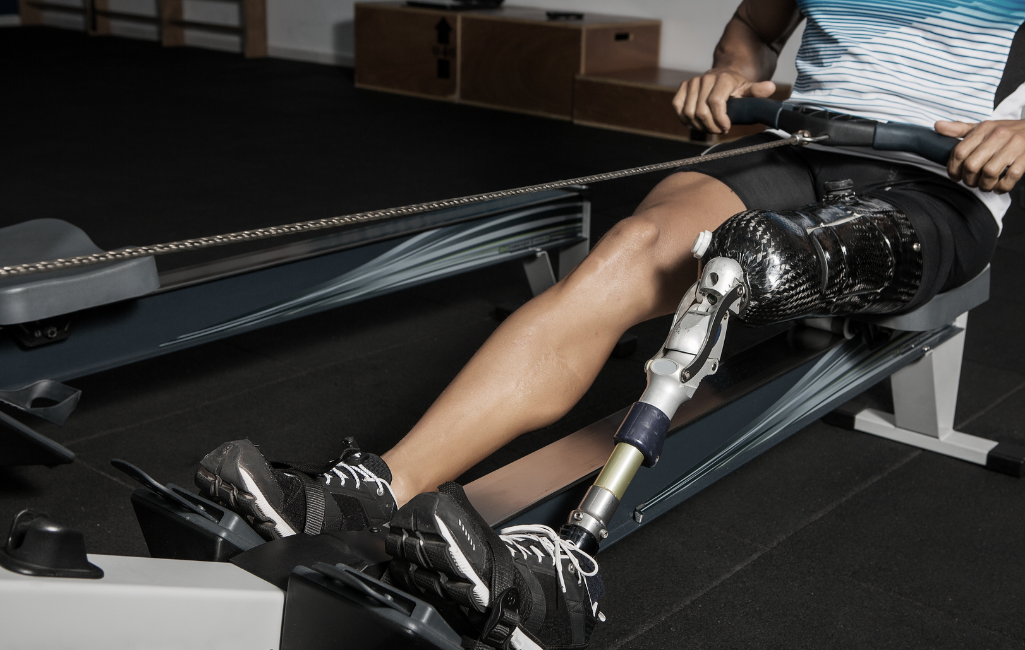A Lancet study found that people living with a disability are 16% to 62% less likely to meet the needed physical activity threshold recommended by medical professionals.
While this is mostly due to the disability itself, many have a difficult time being active as they aren’t aware of or don’t have access to resources that could help them get moving.
Regardless of your circumstances, here is what you can do to lead a more active lifestyle safely:
Talk to Your Doctor
Everyone has a different threshold of what they can do physically, but this can be especially true for people with certain disabilities. Adults with disabilities should talk to their doctor about the amounts and types of physical activity that are appropriate for them. Let them know about your specific barriers and discuss what would be the best methods of activity for you. This may include implementing the Centers for Disease Control (CDC)-recommended 150 minutes of physical activity a week, or it could just be methods to avoid inactivity in small ways. Everyone will have different standards and start in different places according to their circumstances. Your doctor may also be able to suggest specific activities you could engage in and the best places for you to access them.
Know Your Resources
What many people don’t know is that there are tons of programs and spaces that can be utilized for physical activity, especially for those with disabilities. For example, the CDC hosts 10 state disability and health programs designed to provide an accessible, safe place for people with mobility limitations, as well as intellectual and developmental disabilities, to meet their health goals.
If you’re not in an area that has one of these facilities, consider looking into the resources your city does have and what you can utilize. It’s more than likely that your area has public parks and pools, walking trails, a community or a recreation center that can be utilized for exercise.
Other resources you should consider include:
- Your support system: people that can exercise with you or help you access the spaces and resources you need.
- Your college campus: for students, many colleges offer spaces for physical activity and exercise classes at little to no cost.
- Coaches and fitness professionals: people who can help you find the best resources and plans for your health.
Recommended Activities
As mentioned before, every person’s activity threshold will look different, but some general tips to get started include:
- Finding opportunities in your day-to-day life to increase regular physical activity, such as going on walks or moving around the house.
- Starting slowly based on your abilities and fitness level. You may start off with a couple minutes of activity before slowly increasing frequency.
- Engaging in aerobic activities or anything that makes your heart beat faster. These exercises decrease the risk of heart disease, diabetes, stroke and certain cancers—all diseases that people with disabilities are more prone to getting.
It’s also important to remember that physical activity is not just limited to walking or running and should be something that you enjoy doing. Activities that people living with disabilities often partake in include:
- Dancing
- Downhill skiing
- Hand-crank bicycling
- Horseback riding
- Rowing
- Seated volleyball
- Swimming
- Water aerobics
- Wheelchair sports
Remember, everyone’s needs and solutions are going to look different. What’s most important is that you are staying active in a way that’s safe, accessible and fun for you.
Read more articles for the veteran community here.


